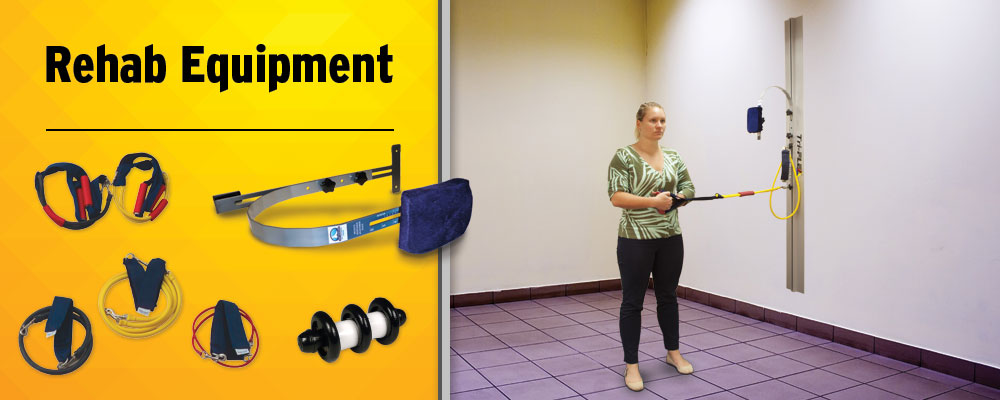Roxanol Addiction Center Maxwell NE
Home
Roxanol Addiction Center Maxwell NE Resources and Information Online
Roxanol Addiction Center Maxwell NE
If you need help to find addiction treatment and support, please contact us through the comments section below. SAMHSA maintains a Directory of Single State Agencies (SSA) for Substance Abuse Services to make it easier for people to find out whom to contact. Insurance companies policies towards Christian treatment centers vary from provider to provider.
What should … Any doctor or any psychiatrist that may help to recover? A very close family member is addicted. All it takes is a brief stay to get the recharge you need to take life on again. This is why it is important to be as informed as possible when making a decision to enter into a Christian treatment program in Texas. Professionals need to know as much about you or your loved one’s addiction as possible so that they can provide specific and relevant guidance. Studies have shown that people who choose a faith-based (Christian) approach to addiction recovery are more likely to avoid relapse and stay sober. Some symptoms of drug problems include: decreased work or school performance because of drug use drug cravings increased health problems related to drug use legal problems related to drug use neglecting other responsibilities in favor of drug use you cannot control how much or how often you use your drug of choice you cannot stop (or stay stopped) using your drug of choice you experience mood swings or violent behavior you experience relationship and family problems you spend a great deal of time thinking about, using, trying to find, or recovering from your drug of choice Q: How long is drug rehab?
Here are Some Even more Resources on Avinza Detox Near Me

Here are Some More Details on Avinza Detox Near Me Maxwell NE
The enemy uses anything and everything he can to attack your faith. One way to find out whether you are addicted to drugs or not is to pay a closer attention to what’s important to you.
Even more Info About Avinza Detox Near Me
At that point, it is up to the individual to apply what they have learned and move forward with life. That is the amount of time, after the person stopped drinking, it would take the average person to sober up to a BAC of 0. Naltrexone cuts relapse risk during the first 3 months by about 36%.[9] However, it is far less effective in helping patients maintain abstinence or retaining them in the drug-treatment system (retention rates average 12% at 90 days for naltrexone, average 57% at 90 days for buprenorphine, average 61% at 90 days for methadone).[9] Ibogaine is a hallucinogenic drug promoted by certain fringe groups to interrupt both physical dependence and psychological craving to a broad range or drugs including narcotics, stimulants, alcohol and nicotine.
A lot more Resources For Msir Rehab Treatment Program Maxwell NE
Once you have figured out what type of rehabilitation program you are looking for, the work has just started. Find Rehab for a Loved One If you’d like to help a friend or family member, learn more about how to guide your loved one toward treatment. Have you ever thought you should Cut down your drug use? While your genes, mental health, family and social environment all play a role, risk factors that increase your vulnerability include: Family history of addiction Abuse, neglect, or other traumatic experiences Mental disorders such as depression and anxiety Early use of drugs Method of administration—smoking or injecting a drug may increase its addictive potential Drug addiction and the brain While each drug produces different physical effects, all abused substances share one thing in common: repeated use can alter the way the brain functions. This helps a patient to actively participate in treatment programs. Addiction experts can then guide you through the process of recovery. Considering that nicotine and other psychoactive substances such as cocaine activate similar psychopharmacological pathways,[37] an emotion regulation approach may be applicable to a wide array of substance abuse. Drug Addiction Facts & Statistics in the US Though drug addiction touches millions of addicted individuals and their families, few realize the widespread effects of drug addiction. Relapse prevention[edit] An influential cognitive-behavioral approach to addiction recovery and therapy has been Alan Marlatt's (1985) Relapse Prevention approach.[34] Marlatt describes four psychosocial processes relevant to the addiction and relapse processes: self-efficacy, outcome expectancies, attributions of causality, and decision-making processes.
Click Here for More Information
Previous Next
You may also like:
Free Addiction Recovery Matfield Green KS
Fiorinal Detox Canaan VT
Dexedrine Addiction Treatment Facilities Saluda NC
Subutex Detox Facility Edmonton KY
Damason-p Addiction Rehab Programs Byron MI
Oramorph Detox Treatment Facility Bridgeport PA
Lunesta Detox Programs Roland OK
Womens Drug Rehab Brinktown MO
Methylphenidate Addiction Detox West Point IA
Local Methadone Clinics Meadow Bridge WV
Recovery From Heroin Loganville WI
Methamphetamine Addiction Clinic Macfarlan WV
Clonazepam Addiction Program Industry TX
Lsd Addiction Rehab Clinic West Newton IN
Pentobarbital Rehab For Addiction Arcadia LA
Addiction Recovery Hotline Elgin NE
Klonopin Rehab Near Me Orient SD
Antabuse Rehab Treatment Program Swan River MN
Lorcet Rehab Treatment Facility Hatch UT
Barbiturates Addiction Fruitport MI
Ecstasy Detox Treatment Centers East Randolph NY
Antabuse Addiction Treatment Programs Kunkletown PA
Zolpidem Addiction Facility Fort Plain NY